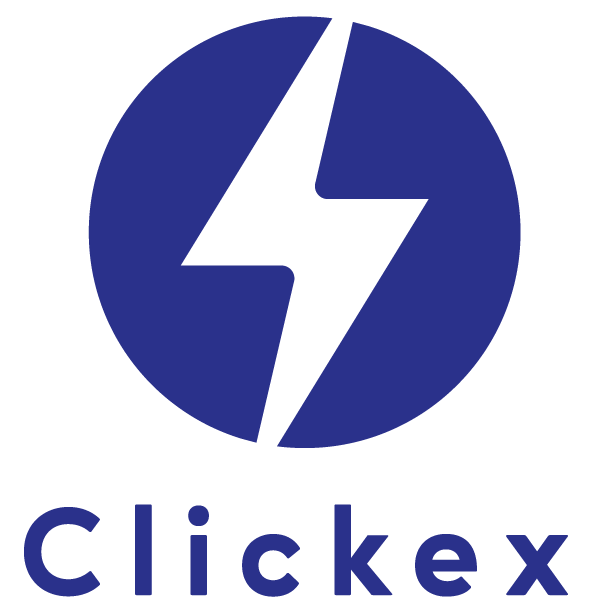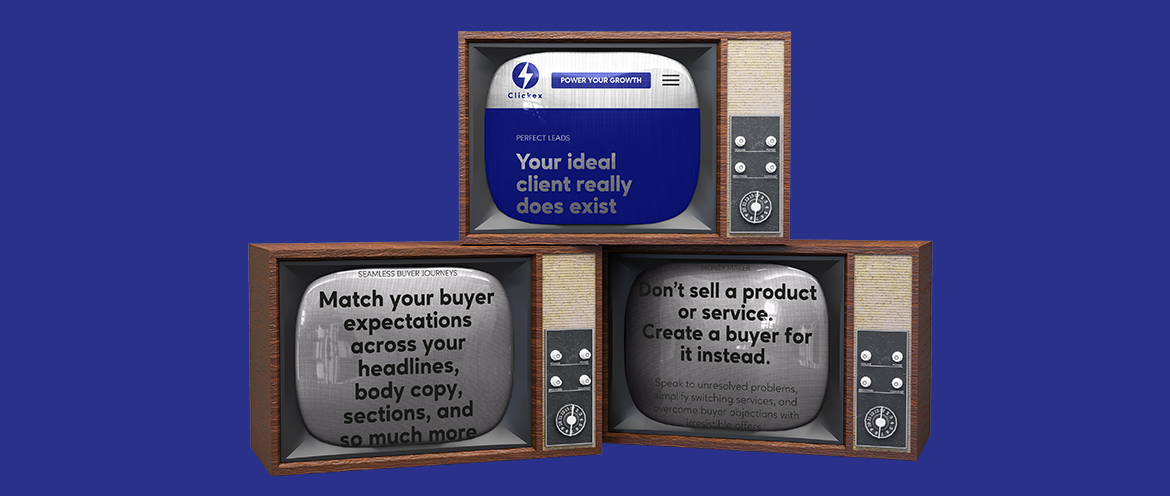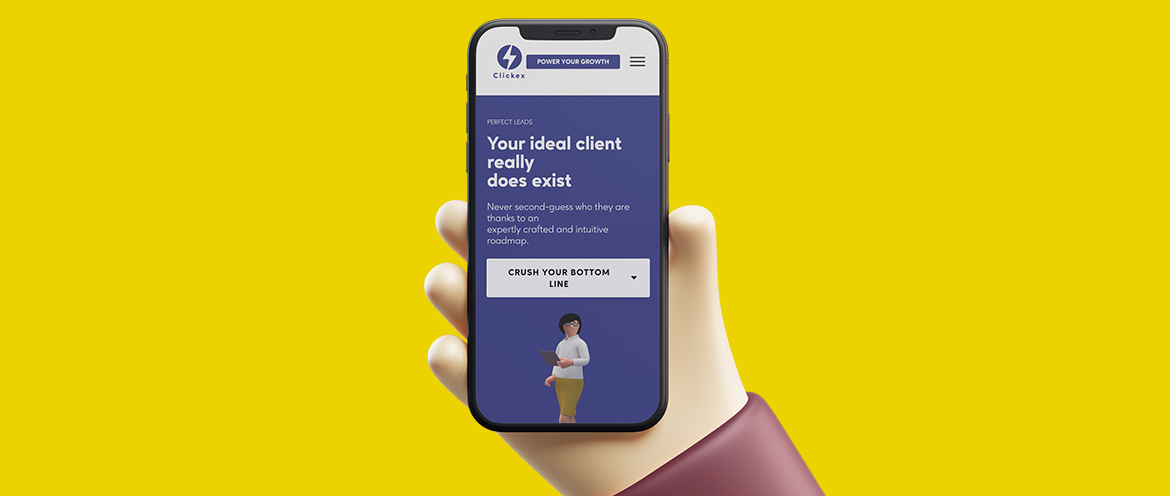Follow the one rule of thought
The average consumer is exposed to more than 5,000 marketing messages a day.
That’s why your job as an entrepreneur, solopreneur, coach, consultant, expert, marketer or copywriter, is to understand the fit of your product or service for your ideal customer.
It's important to have a very clear Ideal Customer Profile (ICP) for the customers you want to target with information for your product or service.
Targeting a specific group—or groups—allows you to focus and use your marketing resources more effectively. Having a better understanding of your ICPs is the game-changer between a messaging fit for a Total Addressable Market (TAM) versus a Total Relevant Market (TRM).
What’s the difference?
Focus.
Best and promising copywriting principles
Your ICPs are not a shotgun approach to messaging fit.
In a nutshell: if your customer is everyone, well, then your customer is no one. And, that is the equivalent of a TAM.
At most, with a TAM approach, you can only hope to convert 1% of your market.
For this case, and all cases moving forward, the focus is on TRM. The goal of any marketing activity, from a landing page to a social media post or a paid campaign, is to get your ICP to convert.
Take the one rule of thought principle for conversion copywriting as an example.
Write to a single reader, scale at size for a larger market, and communicate one thought per sentence, with one value proposition and one offer. This way, you break through the clutter, and show relevance to the people that matter most to your business.
When you have that focus and make best use of your resources, you will not only increase your return on investment, but you will see happier customers—customers who have their needs met by your products and services.
And the same customer will organically become a brand ambassador of your product or service for their own friends and peers.
3 ways to reach your B2C buyers
For the record, this is not a deep dive into the foundations of marketing.
But, it will be a shallow dive into your inbound marketing mix of paid, owned and earned channels.
This is where your marketing becomes part art and part science.
Armed with insightful information about your customers, you can uncover the relevant channel options to find out best matches for your ICP.
Let’s start somewhere with a simple metaphor of the channel options for inbound marketing with a slight touch on outbound marketing.
Call it sail, row or fire up the motor.
Paid channels
Advertising, while effective, is fast and temporary. Anyone can buy traffic with sponsored social media ads, Pay–Per–Click (PPC), and Google Ads. You pick a platform, set a budget and boom: you have immediate results the very next day.
It’s measurable and it’s fast.
That said, engines are expensive to keep running. And, it’s temporary.
Turn it off and it quickly stops.
Owned channels
Owned channels involve more elbow grease to get the job done. It’s more realistic, deliberate and allows you to stay on brand.
It’s hard work and it requires strategy, and stamina.
This includes your blogs, social media and even your email marketing. Think of this way: you want more than relevant content. You want evergreen content.
And one way to get that is to use your Search Engine Optimization (SEO) as a durable and reliable traffic source.
But, it gets easier.
And, the investment will grow brand loyalty with your customers.
Earned channels
Speaking of SEO, you need to have more than one–or–two plays in your playbook than just paid and owned.
That’s where the role of your earned channel comes to play.
This is where you roll-up your sleeves and get to work.
As an earned channel, Public Relations (PR) is an effective sales tool for traditional print media, such as sending a press release to a media outlet for featured product reviews.
Or collaborate on co-branding, such as a webinar or a lunch–and–learn, and get some of the heavy lifting done for you.
Demand generation
Once you've reached your customer, you need to capture their desire for your product and encourage them to take buying actions on their relevant channels.
This won't happen in one hit. In fact: expect at least seven–or—more touch-points before your B2C audience starts paying attention to your marketing channels.
Instead of going for the quick fix, think long-term with simple website approaches.
Here are some top tips to help make buying easier for your B2C:
- Show people, like them, using the product or service
- Include happy customer testimonials
- Show how the product or service will result in a desirable outcome, and
- Ditch any jargon and find a sweetspot between your shared language and their own
Do more than sell a product or service.
Create a buyer for it instead.
Use data and insight to get creative, and find your B2C audience by knowing where they are, what they read, what they're doing, and that's how you’ll reach them.
Want to learn more about how Clickex is the next best click for powering your growth? Chat with our team today and let us show you how to build a legacy brand through the power of the internet.




